#helix nebula
Photo


The Helix Nebula 2023, 2018 from CFHT
#nasa#apod#nebula#astrophotography#space#helix nebula#universe#planet#galaxy#stars#astronomy#night sky#solar system#planets#cosmos
650 notes
·
View notes
Text
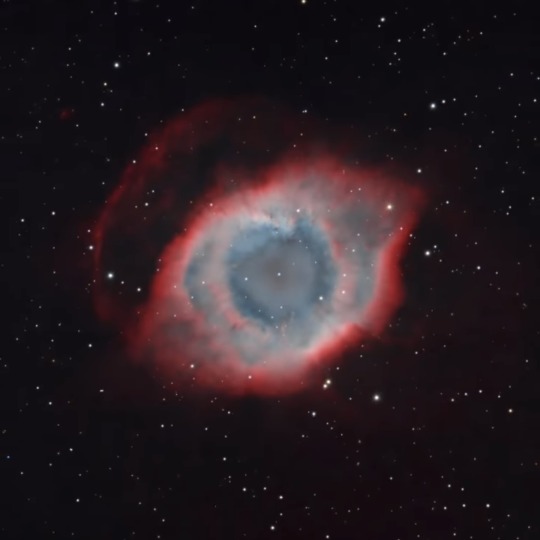
Helix Nebula | Nick Fritz
#astrophotography#space#astronomy#helix nebula#nebula#curators on tumblr#photographers on instagram#mine
238 notes
·
View notes
Photo

Helix Nebula
771 notes
·
View notes
Text
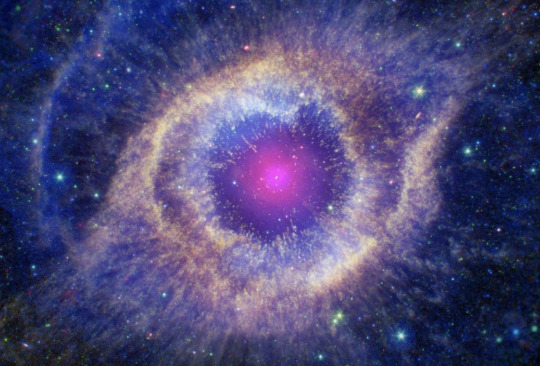
The Helix Nebula via NASA
1K notes
·
View notes
Text

NASA Galaxy Evolution Explorer: Ultraviolet image of NGC 7293, also known as the Helix Nebula - the nearest example of what happens to a star as it evolves into a white dwarf (May 5, 2005)
#galaxy evolution explorer#astronomy#astrophotography#krakenmare#outer space#nasa#space#thank you nasa#nebula#ngc 7293#helix nebula#white dwarf#stars#2000s#2005
85 notes
·
View notes
Note
pomni... in SPACE!!!
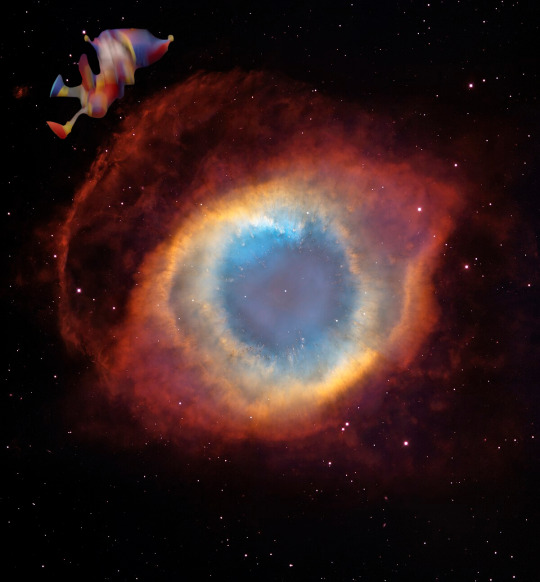
Pomni is floating into the Helix Nebula!
117 notes
·
View notes
Text
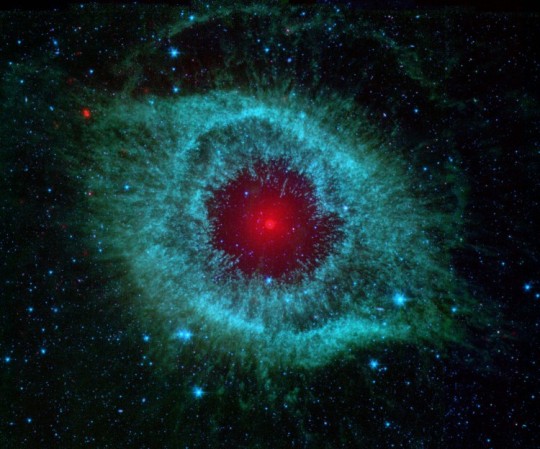
Helix Nebula
157 notes
·
View notes
Text
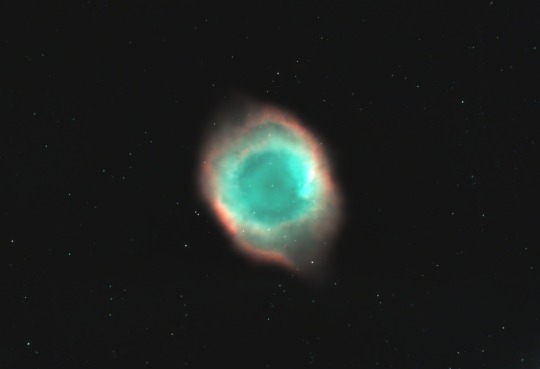
The Helix Nebula, or the "Eye of Sauron" is one of the closest planetary nebulae to us 650 ly away.
This picture has been a game changer for me.
110 notes
·
View notes
Text

Cometary Knots in the Helix Nebula - April 16th, 1996.
"Four hundred fifty light-years from Earth, the wind from a dying, Sun-like star produced a planetary nebula, popularly known as the Helix. While exploring the Helix's gaseous envelope with the Hubble Space Telescope (HST), astronomers discovered indications of 1,000s of striking "cometary knots" like those shown above. So called because of their resemblence to comets, they are actually much larger - their heads are several billion miles across (roughly twice the size of the our Solar System itself) while their tails, pointing radially away from the central star, stretch over 100 billion miles. Previously known from ground-based observations, the sheer number of cometary knots found in this single nebula is astonishing. What caused them to form? Hot, fast moving shells of nebular gas overrunning cooler, denser, slower shells ejected by the star during an earlier expansion may produce these droplet-like condensations, as the two shells intermix and fragment. An intriguing possibility is that instead of dissipating over time, these objects could collapse and form Pluto-like bodies. If so, these icy worlds created near the end of a star's life would be numerous in our galaxy."
41 notes
·
View notes
Text
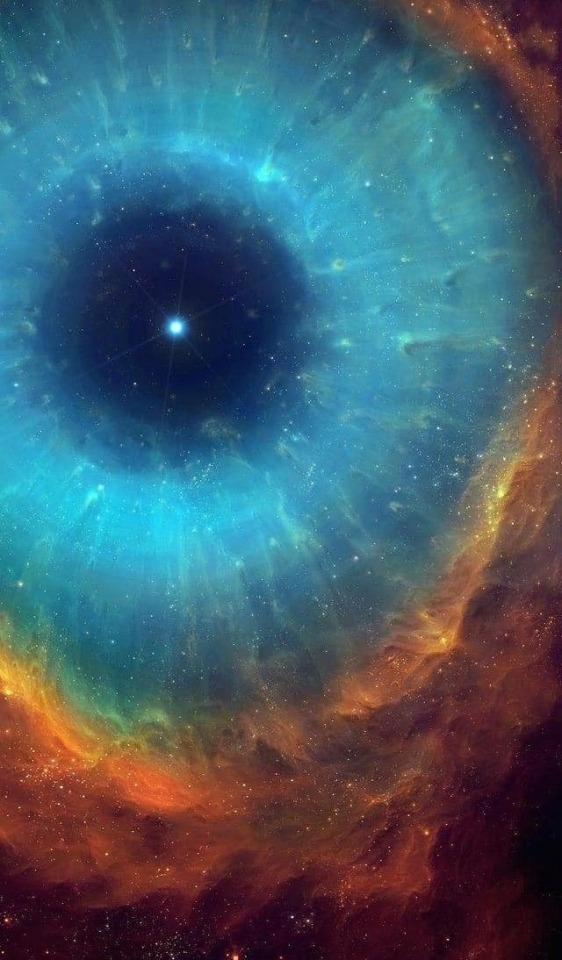
Helix nebula :: the Eye of God
* * * *
"Generally, ordinary thinking involves running between that and this. You are reporting back to yourself all the time. You do not just think; you think and then report back. However, when this back and forth petty journey is not happening, there is still a transcendental sort of thinking, so to speak. With this kind of thinking, you are seeing things precisely as they are, rather than having to refer back to anyone, because the whole being is seeing. The whole area is a giant eye; it is one single giant eye."
~ Milarepa: Lessons from the Life & Songs of Tibet’s Great Yogi
by Chögyam Trungpa Rinpoche, page 204
[alive on all channels]
#alive on all channels#Milarepa: Lessons from the Life & Songs of Tibet's Great yogi#Chogyam Trungpa Rinpoche#quotes#Helix nebula#The eye of God#space
54 notes
·
View notes
Text

NGC7293 Helix Nebula in Acuarius In Infrared.
Spitzer Telescope/ NASA. Procesed: Judy Schmidt.
#ngc7293#helix nebula#acuarius#constellation#infrared#spitzer space telescope#nasa#judy schmidt#space#universe#cosmos#galaxy#nebula
324 notes
·
View notes
Photo
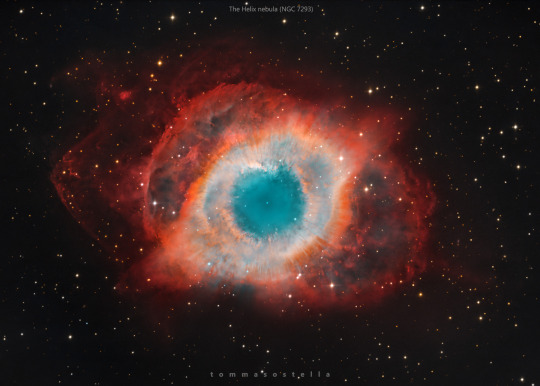
The Helix Nebula ©
#nebula#space#nasa#APOD#helix nebula#astrophotography#astronomy#stars#night sky#planet#galaxy#universe#cosmos#planets#solar system
666 notes
·
View notes
Text
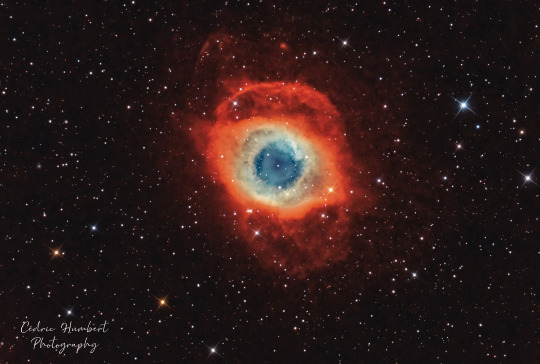
The Helix Nebula, NGC 7293 // Cédric Humbert
71 notes
·
View notes
Note
Is your PFP an eye or like something in space?? I have been wondering about this for ages
My PFP is a high resolution image of the Helix Nebula!

It’s located in the Aquarius constellation, which coincidentally happens to be my birth sign too!

It’s also called the Eye of God, for pretty obvious reasons

157 notes
·
View notes
Text

Helix Nebula
(Image credit: NASA/JPL-Caltech/Univ.of Ariz.)
30 notes
·
View notes
Text

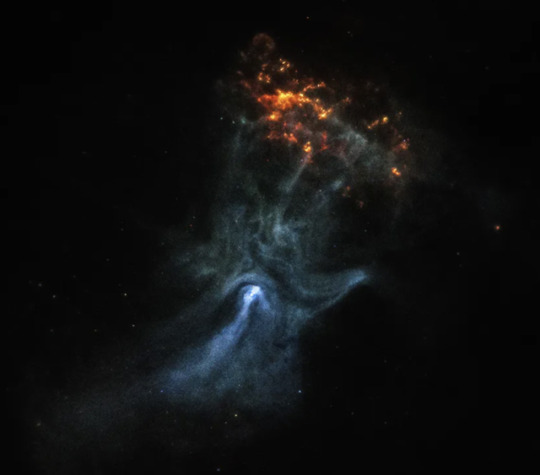
36 notes
·
View notes